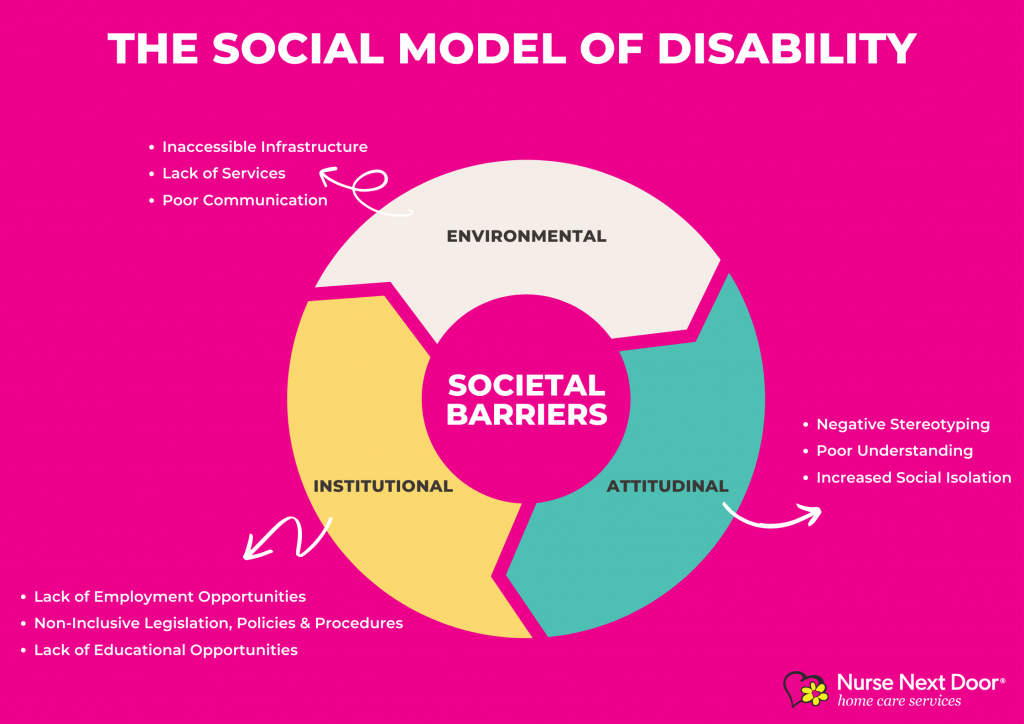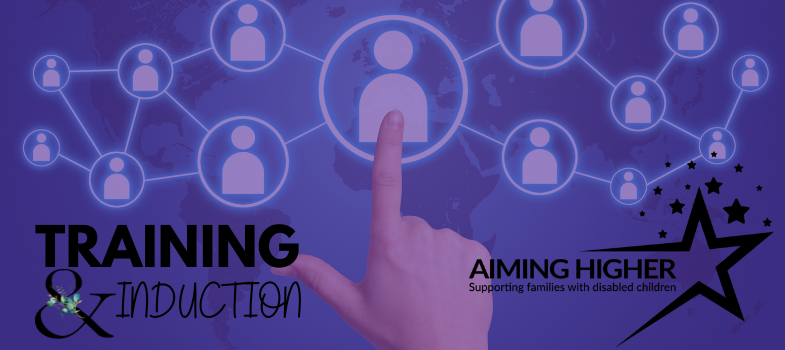Children with Disabilities
This section is an additional part of your safeguarding training, and covers issues specifically related to children with disabilities.
2. The Social Model of Disability vs The Medical Model of Disability
2.2. The Social Model of Disability
The social model of disability is a perspective developed by disabled people. It emphasizes that disability is created by societal barriers, not by impairments or conditions.
Definition: The social model recognizes that disabled individuals face barriers preventing them from fully participating in society. These barriers can be physical (like inaccessible buildings) or attitudinal (such as stereotypes).
Impairment vs. Disability
Impairment: Functional difficulties in the body or mind (e.g., hearing loss).
Disability: Inability to participate due to societal barriers (e.g., lack of subtitles in a video).
Origins: Disability activists developed this model in response to civil rights movements in the late 20th century. It challenges the traditional medical model that focuses solely on impairments.

(Nurse Next Door, 2024)
